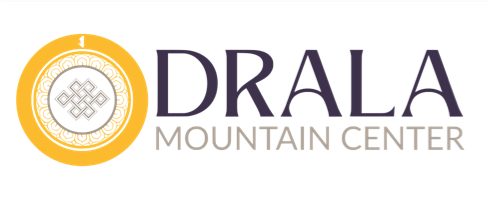Tag Archive for: Gelong Loden Nyima
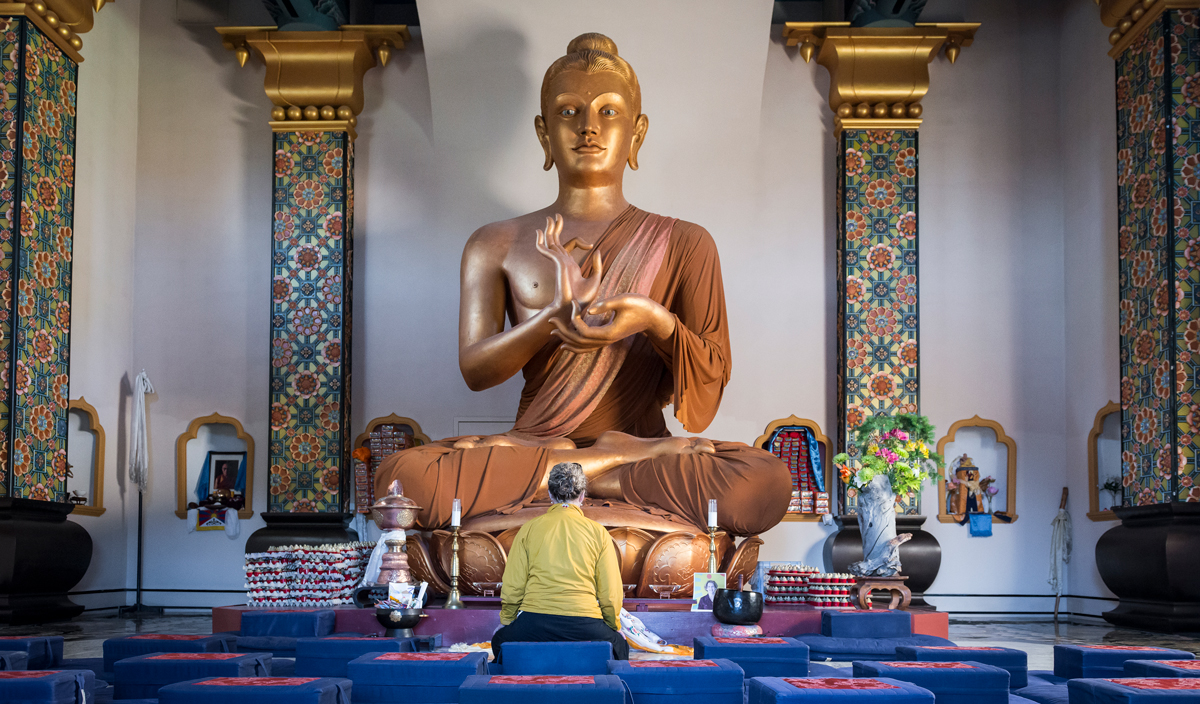
Mindfulness and Permission to Feel
Mindful Living, Mindfulness, Self-CareBy Loden Nyima As human beings we're always feeling. It’s what it means to be alive. It connects us…
by admin0 comments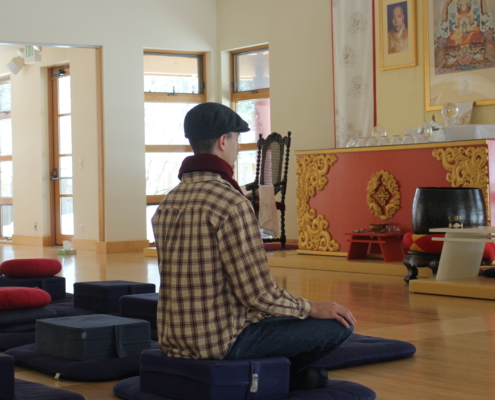
How to Meditate
Creative Expression, Mind-Body, Mindful Living, Resources for Meditation: Articles by Lodenby: Loden Nyima, Resident Teacher at DMC Meditation is a process of trusting ourselves and coming home. We often…
by admin0 comments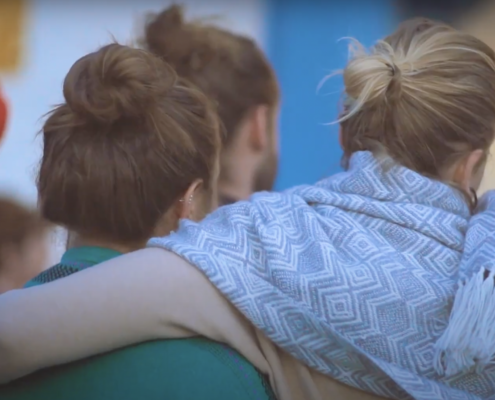
Becoming Our Own Best Friend
Creative Expression, Mind-Body, Mindful Living, Resources for Meditation: Articles by Lodenby: Loden Nyima, Resident Teacher at DMC All of us long for connection. It’s just part of what we…
by admin0 comments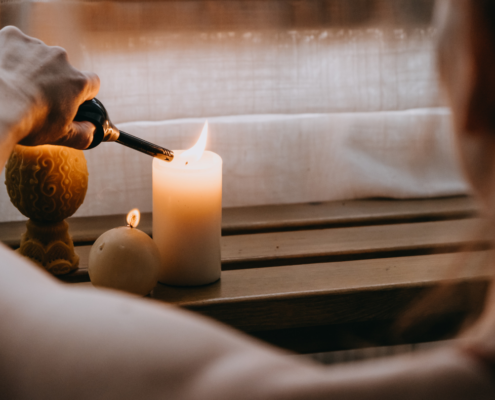
Our Self-Healing, Self-Rejuvenating Mind
Creative Expression, Mind-Body, Mindful Living, Nature, Resources for Meditation: Articles by Lodenby: Loden Nyima, Resident Teacher at DMC Many of us these days come to meditation or a spiritual path…
by admin0 comments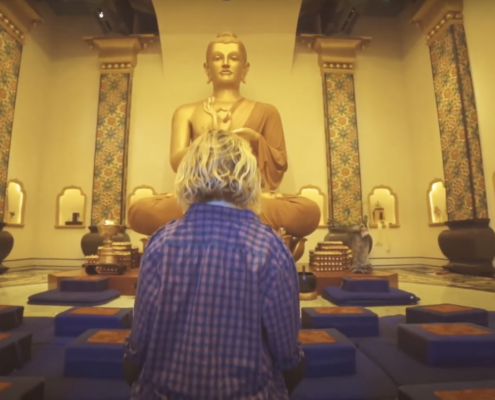
Speaking of Silence
Creative Expression, Mindful Living, Nature, Resources for Meditation: Articles by Lodenby: Loden Nyima, Resident Teacher at DMC Healing in Space and Stillness When I lead silent meditation retreats, I…
by admin0 comments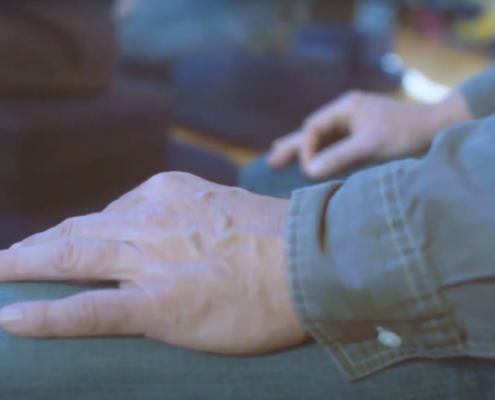
Daily Practice: Our Reservoir of Sanity
Mind-Body, Mindful Living, Nature, Resources for Meditation: Articles by Lodenby: Loden Nyima, Resident Teacher at DMC Meditation practice is a lot like physical exercise: the consistency is more…
by admin0 comments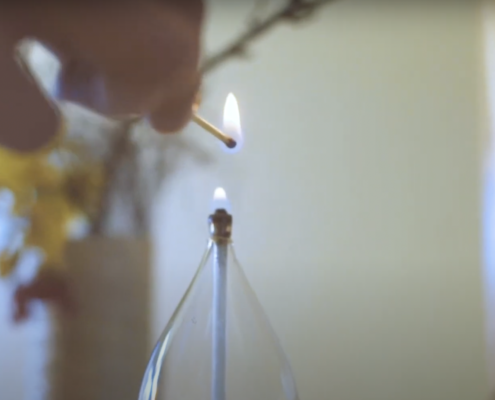
Three Breaths at a Time: On the Spot Practices for Life
Mind-Body, Mindful Living, Nature, Resources for Meditation: Articles by Lodenby: Loden Nyima, Resident Teacher at DMC Now that we’ve established a daily meditation practice (or even if we…
by admin0 comments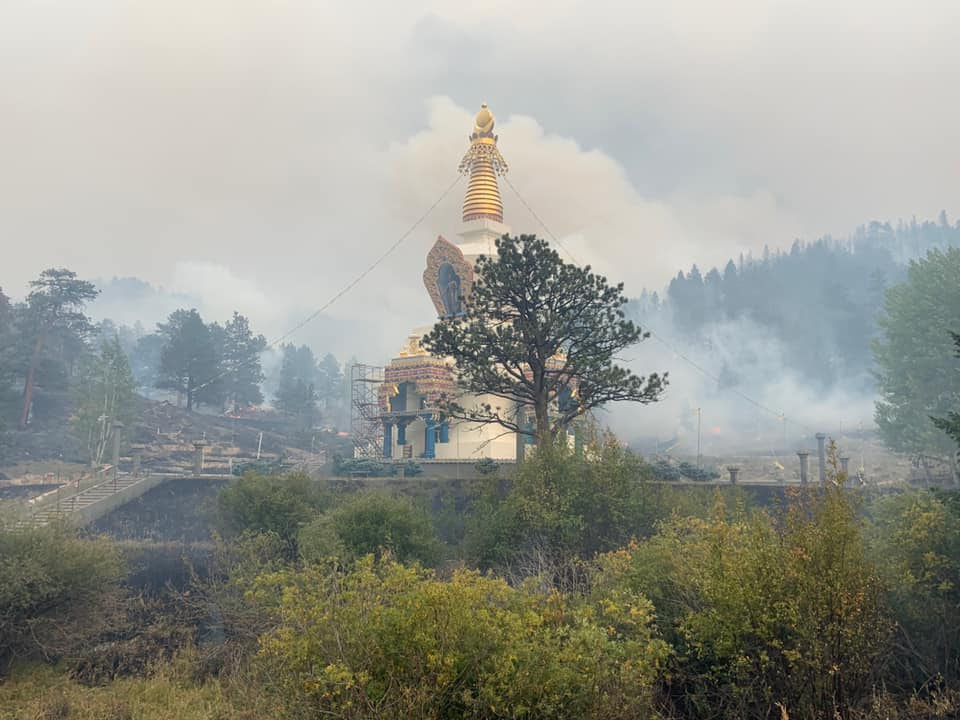
We’re in This Together: Heartbreak and Healing in Difficult Times
Mind-Body, Social EngagementBy Loden Nyima Published September 2020; updated December 2021 & March 2022 I wrote this article from a friend’s…
by admin0 comments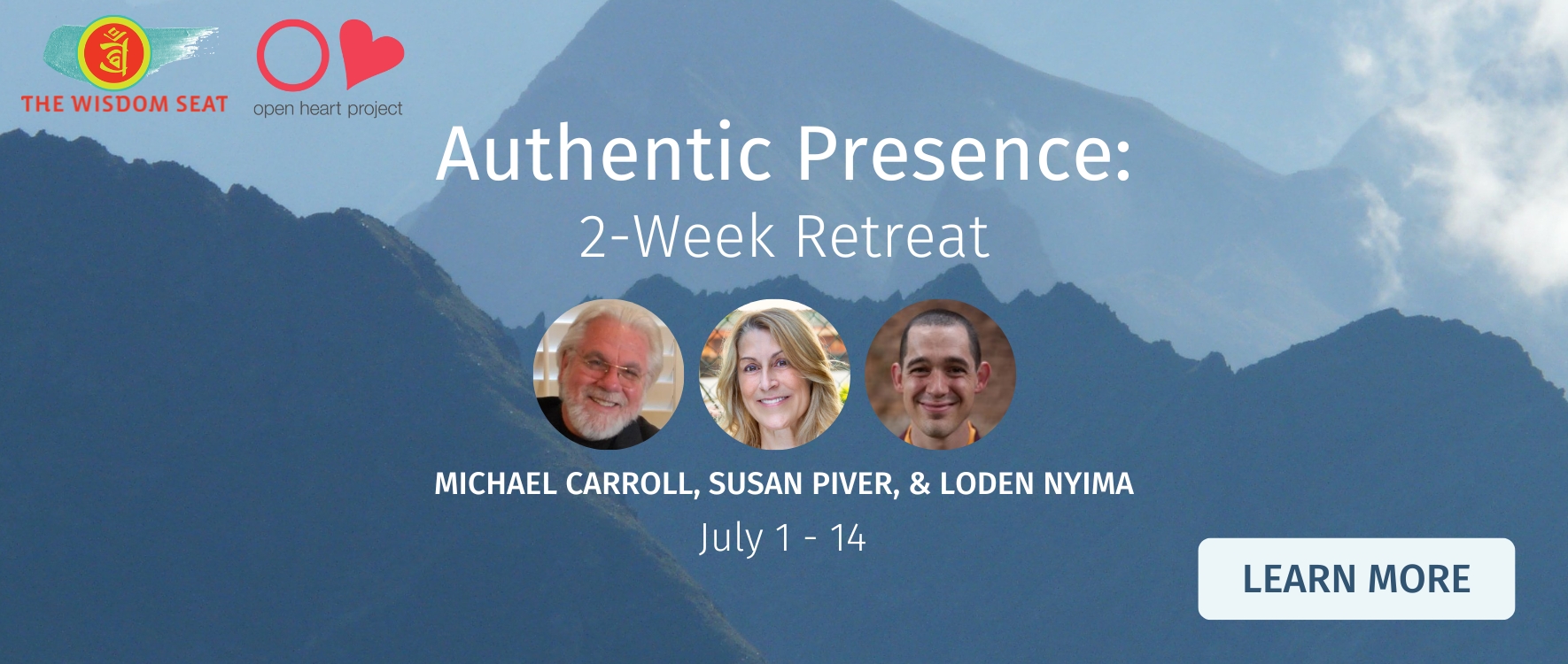
Gelong Loden Nyima on Buddhism and COVID-19
Mind-Body, Mindful Living, Social EngagementAs the coronavirus pandemic continues, with all its myriad forms of suffering, concurrent with the climate crisis, systemic injustices,…
by admin0 comments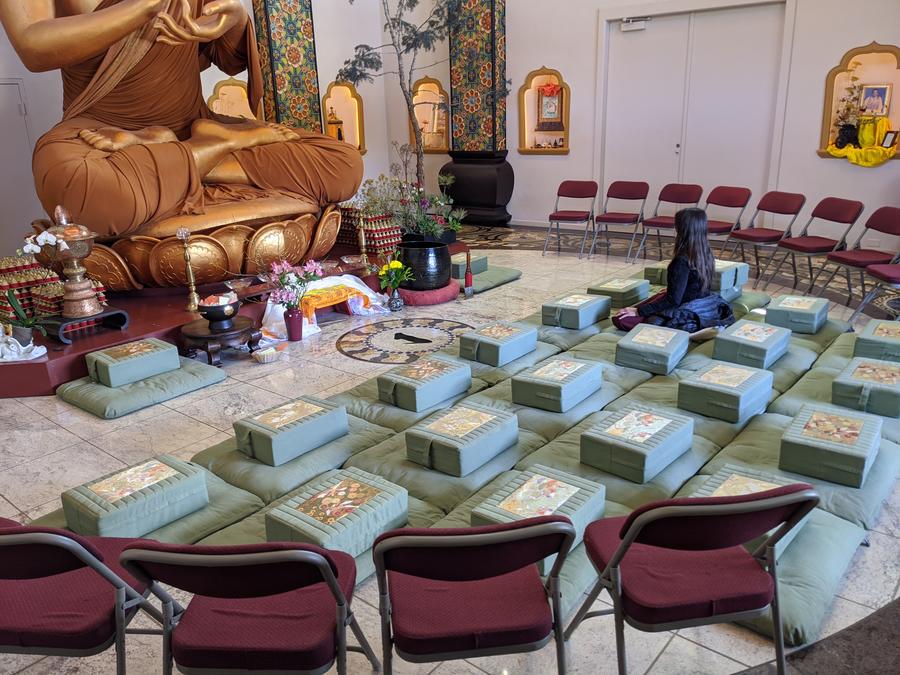
How Will We Meet this Moment?
Life at SMC, Mind-BodyBy Gelong Loden Nyima Chögyam Trungpa Rinpoche passed away into parinirvana when I was nine months old. I never…
by admin0 comments